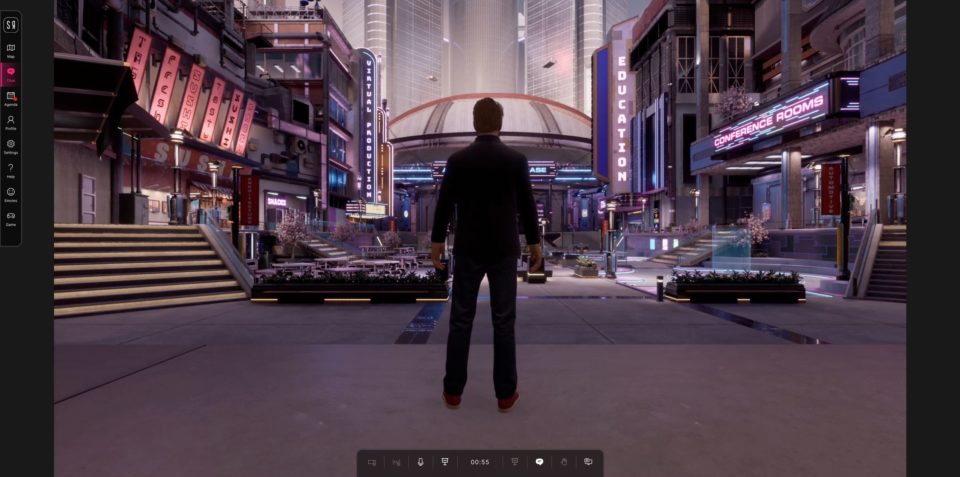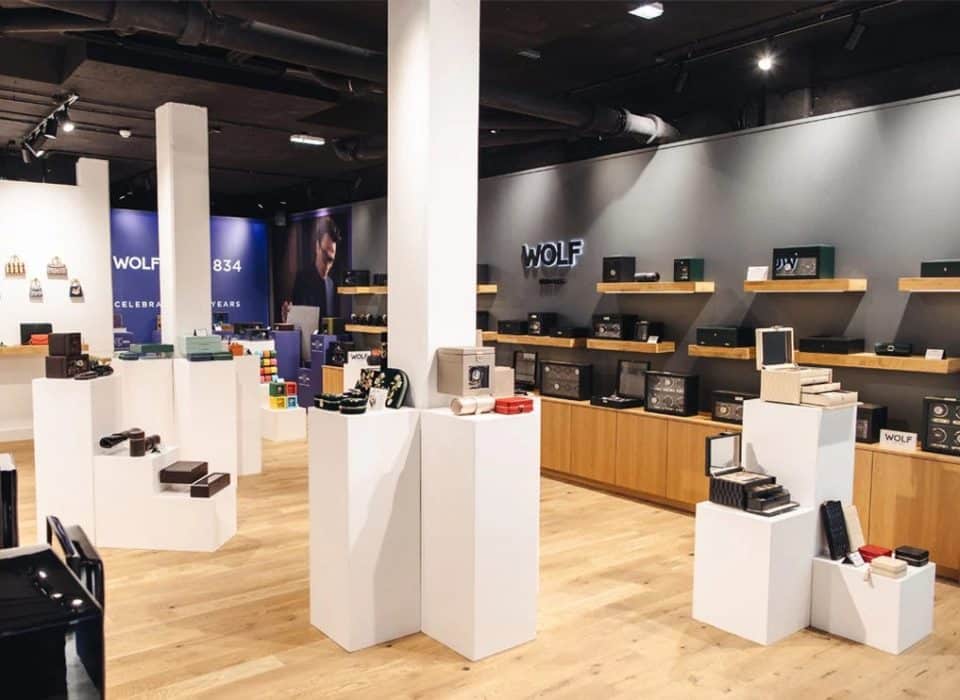Everything You Need to Know About Owning the Customer Relationship
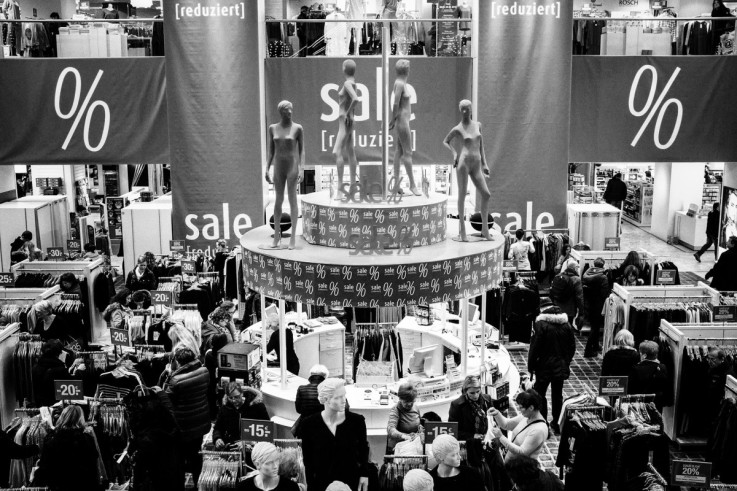
The customer relationship is the most important part of retail. It’s what gets a retailer the sale and hopefully more like it in the future. After all engaged customers are more likely to be repeat customers.
It used to be simple. A customer came into your shop and bought something. From start to finish you owned that relationship.
Now technology has forever opened up retail and communication channels. Suddenly that all important connection is up for grabs. And everyone connected to a sale wants to have hold of it.
But who should own the customer relationship? And if it’s anyone’s game then how can you make sure it’s you?
Brand or retailer?
Take an Android phone for example. Is it the phone manufacturer/brand, such as Samsung, that owns the relationship? Or is it the network provider that the phone uses? For most customers this is where their money goes regularly, which is a strong influence on relationships.

What if the phone was bought via a third party website? How much of that relationship do they own? Does Google have a slice of it because it owns Android which the phone runs on? It’s easy to see how quickly the involved parties stack up. And how many are vying for that customer connection.
This is where companies like Apple have the advantage. They are the brand. They are the retailer. They make the product and the operating system. They make the programmes and software used by their customers. They make it easy for their products to work together, and hard for them to work with others. They own the ecosystem for their products.
They own their customer relationships almost completely. And this is why so many of their customers are huge supporters of their products. Their link with the company is whole, rather than fragmented.
Getting social
At this moment any brand or retailer can talk directly to a customer through social media. As can delivery companies. And also the social media platforms (and their parent companies) themselves. Some customers even talk to the face of the brand or the celebrity sponsor.
Even a simple purchase sees the buyer facing multiple companies competing to stay in touch. Pick up a new dress for example, and you may get an email from the retailer asking you to like them on Facebook. Or sign up to their newsletter.
But you may also get the same from the designer or brand that made the dress. And if you do link with any of these companies via Facebook then that’s another party in the mix.
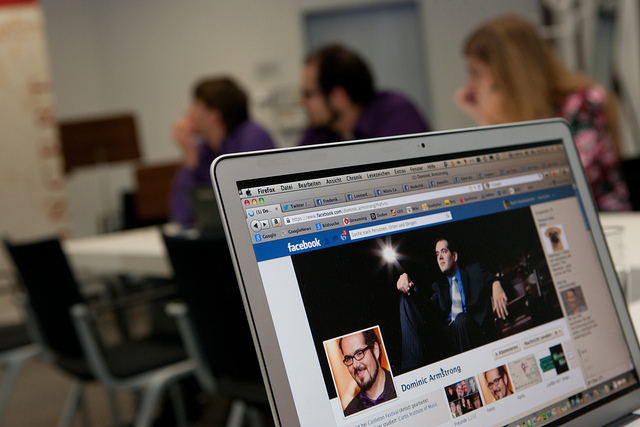
After all, retailers don’t have control over what their customer sees on social media. They can pay for advertising or to promote their posts, but they can’t guarantee who or how many they reach. Their conversations, their link with the customer, all takes place on another company’s platform.
Meanwhile the social media companies have all the data on the customer – what pages they like, what posts they like, who they’re friends with, what they share. Information that can help enhance their experience or what is sold to them.
Social media has also been seized upon by buyers as a way of letting companies know when they’re not happy about something. This offers interesting insights into who owns the customer relationship. The company a buyer complains to is the company they see themselves as having a relationship with.
Spot the retailer
Social media has helped to blur the lines around what a retailer even is. Every touchpoint is now shoppable. Facebook, Twitter, Pinterest and Instagram all let users buy products directly through their platforms. Usually without even leaving them.
Although the brand or retailer complete the sale, the fact that it’s made via a social platform gives them a stake in the customer relationship. It presents Instagram, Pinterest and the others as places to shop, bypassing brand and retailer sites entirely.

This idea is spreading into other social media as well. Snapchat, which is hugely popular with Millenials, is already used by brands for advertising. It doesn’t yet have a direct sales option, but clever companies are already dipping their toe into that water.
Clothes brand MeUndies recently highlighted how links within its Snapchat posts were driving sales through to its website. It’s no great stretch to imagine more sales elements being added to Snapchat’s advertising offering in the future. Again though, these relationships all come via another partner – the social media company.
Even where the retailer definitions are clear things are changing. Stores are more about marketing and showcasing than selling. Online brands, such as furniture makers Made.com, are moving offline and setting up shop for this reason. Everything hinges on creating and keeping that customer relationship.
It’s not just B2C companies either. B2B is also opening up shops, with Amazon Web Services’ (AWS) Pop-up Lofts one example. These are spaces for companies and start-ups to learn about AWS cloud computing services. One-to-one chats with AWS experts, technical training, and a programme of presentations and workshops are offered for free. Plus there are free co-working facilities and Wi-Fi.
Once again this is about marketing rather than selling. AWS is using the Lofts to build relationships and network with possible new customers. It wants to own those customer relationships directly.
Bringing the customer relationship home
In the quest to own the customer relationship smart companies are now taking the fight into people’s homes.
Many companies are exploring smart technology for the home. Some are tapping into the expertise and ideas of start-ups. John Lewis’ JLAB technology incubator is one example. Last year’s winner was smart peep-hole producer Peeple.
They’re not just looking at the technology driving the smart home though. John Lewis recently announced it is launching the UK’s largest smart home space in its Oxford Street store. Customers will be able to explore and learn about the new smart technologies that will change life at home.
Early involvement lets John Lewis build up relationships with customers interested in the smart home movement. But the companies powering the products are forging even further ahead.
Philips Hue lighting system lets users control their lighting from their phone. They can even turn lights on and off when they’re out and about. Hive, owned by British Gas, and Nest, owned by Google parent Alphabet, are two smart home companies with growing offerings.
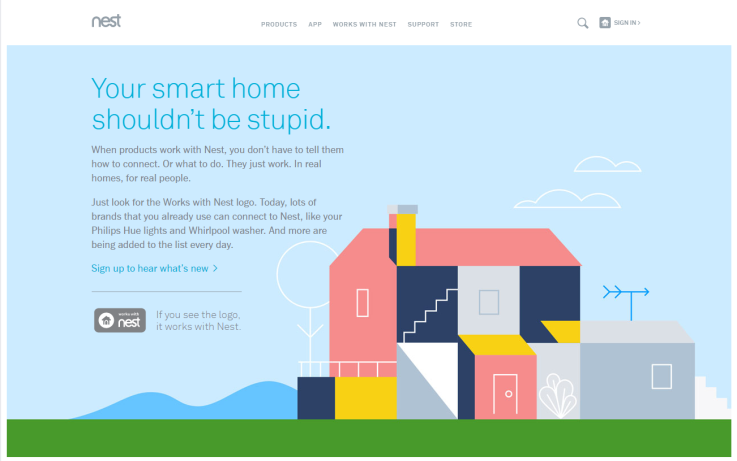
Nest has developed a smart camera, thermostat and smoke/Co2 alarm. All can be controlled from its app wherever the customer is. What’s more, Nest is adding more and more capability through ‘Works With Nest’. This allows other brands to utilise its technology. Philips Hue is one such partner. The two companies products work together to do everything from turning the lights off when you leave a room, to making it look like you’re home when you’re not.
Hive also offers a smart thermostat, but has recently branched into smart plugs and movement sensors. Again everything can be controlled from anywhere through the customer’s phone or tablet. As more of these smart products and widgets develop, it’s interesting to think about the next level of ownership over the customer’s relationship with them.
Control the hub, own the relationship
Right now the customer may be interacting with several different brands and products. But as Nest is starting to show, the relationship may shift to whoever provides a single hub to connect them all together. Why go to each individual app if you can control everything from one place? If one company’s products can control all the others then they will have the customer relationship.
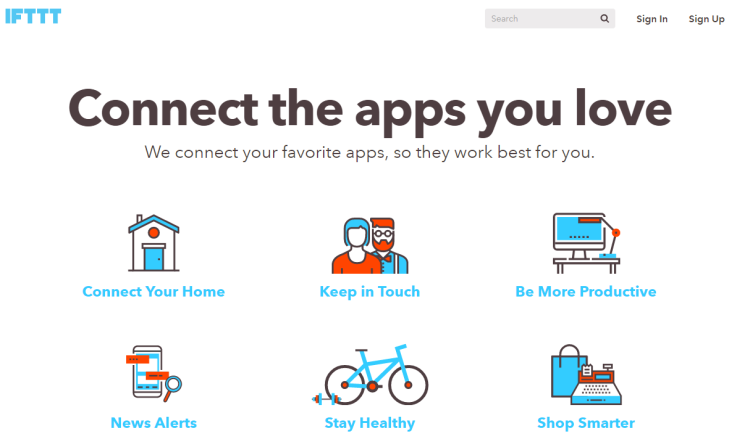
If That Then This (IFTTT) is another who may be stealing away the customer relationship from under brands’ noses. The service connects different apps and services, from social media to shopping, to deliver results for users. It uses ‘recipes’, which dictate that if something happens on one service that it should trigger something else on another. It already works with Philips Hue, Nest, Wemo smart plugs and other smart home technologies. And it could easily become the hub for users to manage their smart homes in the future.
Having disrupted most other areas of retail, Amazon is now closing in on the customer at home. Its recent developments – the Amazon Dash Button and Amazon Echo – give it a foothold directly within customers’ homes.
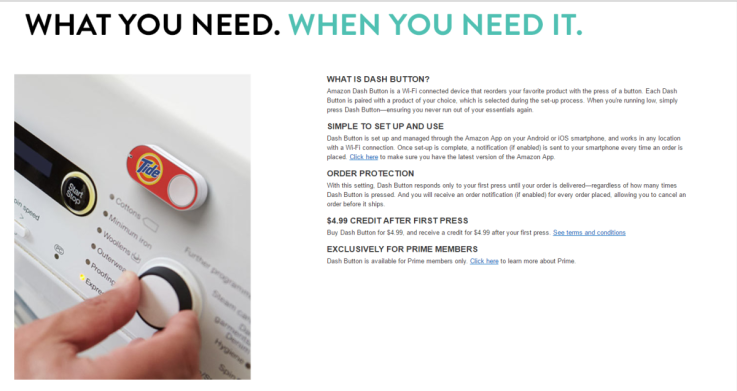
The Dash Button is a small button pre-programmed to order an item from Amazon whenever pushed. They can be attached to anything meaning the button for ordering washing powder can be on the washing machine, the one for coffee on the coffee maker.
Wireless voice command device/speaker Amazon Echo takes this idea even further. Customers can tell it to order an item or add it to a shopping list. It can find information from TV schedules to news headlines. It can play music. It can order you an Uber or a pizza. And it can control your smart home from lights to switches. It is a true hub for the home.
What’s key is that Amazon fully owns these relationships. Much like the Apple model mentioned earlier. The actual product ordered may belong to another brand but they have no part of the interaction. The order is placed via Amazon’s technology. It is fulfilled and delivered by Amazon. Supermarkets don’t even get a look in.
By creating devices that make ordering and receiving items so easy, Amazon has made sure customers have no reason to go elsewhere. It is integrating itself into the daily lives and homes of its customers by providing a useful service. And in return it holds the valuable customer relationship.
Involving the customer
The best way to own the relationship is to let the customer get involved and co-create. Open innovation invites interaction from the customer, rather than the retailer dictating what should happen. If the customer has a say then they own part of the relationship. And if they have a stake in the relationship then they will be more invested in maintaining it.
Referrals are one way of doing this. Buyapowa lets brands use their customers to drive sales by offering discounts when they introduce their friends to their product or service. It also lets brands crowdsource ideas and products from their customers. Both schemes allow customers to get involved in what brands are doing, and let the brands see what customers want.
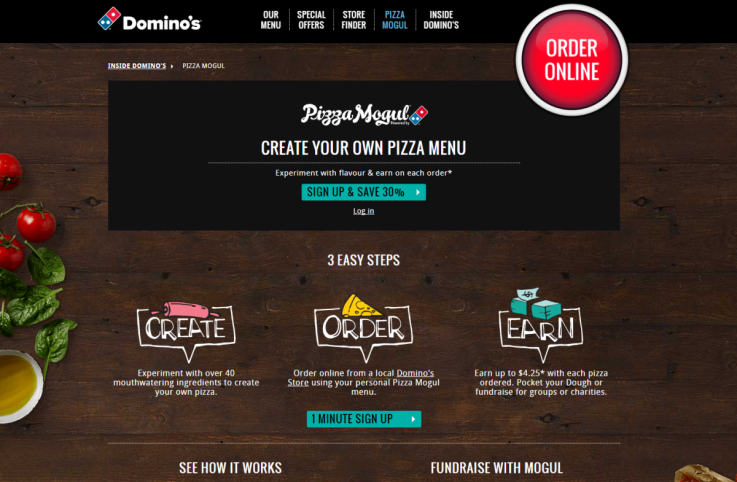
You also own the relationship if customers are invested in the outcome as well. In Australia, Domino’s Pizza Mogul is an open platform that lets anyone design and save their own pizza recipe. Each time it is bought they earn money on the sale. Naturally this means the creators strongly promote their recipes and try to bring in more customers. Their investment in the success of the brand sees them putting more into the relationship.
Loyalty points are another way of owning the relationship. The idea is that reward schemes will keep customers engaged and returning to a retailer. These are weak links though. The customer experience is a far more effective way of getting customers to keep coming back.
But what if loyalty schemes went further? What if they offered customers something to really get behind? Something that benefits them? Already schemes are emerging that give customers stock in a company rather than points. If customers have a stake in a business they are going to be much more invested in what happens to it. They may even become ambassadors, getting their friends and family to shop there to increase the value of their stock.
So who owns the customer relationship?
The reality is anyone involved in the sale of a product or delivery of a service can own the customer relationship. When it comes to taking hold of that relationship being the first mover is important. It’s no longer enough to wait to see what’s worked for someone else.
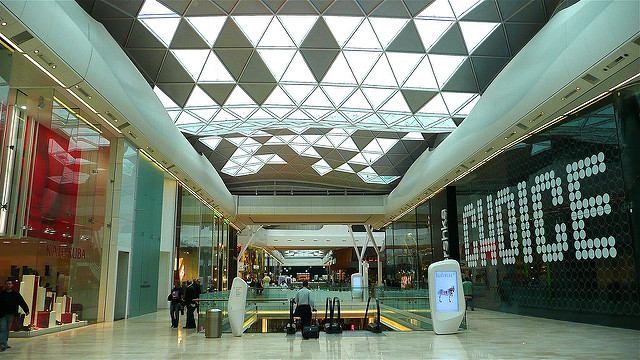
The smartest companies are finding ways to turn every point of contact with customers into something that strengthens the relationship. Whether that be sales, better customer service, or marketing. They’re positioning themselves as useful to the customer and finding ways to integrate themselves in their homes. They’re involving the customer and giving them a reason to want to participate in the relationship.
And that is the key. A meaningful relationship is a two-way street. Make your customer invested in being connected to you and the relationship is yours.
Experience the best of London’s retail spaces with one of our Trend Tours. Find out more here.

